Understanding the Factors That Affect AC Installation Costs
When it comes to installing an air conditioning unit, the cost isn’t just about the price of the unit itself. Several factors play a significant role in determining the overall cost of AC installation. Understanding these elements will help you budget more effectively and make informed decisions. Below are the key factors that impact AC installation costs:
Size and Type of the Air Conditioner
One of the most important factors that influence the installation cost is the size and type of the air conditioner you choose. AC units come in various sizes, measured in tons, and selecting the appropriate size for your space is crucial for both efficiency and comfort. Installing an oversized or undersized unit can lead to higher energy consumption, which affects long-term operating costs.
- Size Matters: Larger units are generally more expensive to install because they require more complex infrastructure and additional components. However, selecting a unit that matches the size of your space can save you money on installation and energy bills.
- Type of AC: There are different types of air conditioners, such as window units, split systems, and ductless mini-split systems. Ductless mini-split systems, while highly efficient and great for homes without ductwork, tend to have higher installation costs due to the complexity of the system. On the other hand, central air systems may cost more upfront but offer efficient cooling throughout a larger home, making them a good long-term investment.

Complexity of the Installation Process
The complexity of the installation process is another major determinant of the overall cost. This can depend on various factors, such as:
- Ductwork Installation or Modification: If you’re opting for central air conditioning and your home doesn’t already have ductwork, the cost of installation will rise. Duct installation involves a skilled team to create or modify the duct system, which can be labor-intensive and time-consuming.
- Electrical Work: Adding an AC unit to your home may require an upgrade to your electrical system. Some homes may not have enough power capacity to support a new system, and this necessitates additional wiring, circuit breakers, and sometimes even a new electrical panel.
- Access to the Installation Site: If your home has limited access to certain areas, such as a crawl space or attic, the cost of installation can increase. Installers will require extra time to work in tight spaces, which can add labor costs.

Location and Accessibility
Finally, location and accessibility play a significant role in the cost of AC installation. Installation costs can vary based on:
- Geographical Location: Different regions have varying costs for AC installation based on labor rates, availability of materials, and local demand. For example, areas like Hudson, FL or Spring Hill, FL may have lower labor costs compared to major metropolitan areas. Always consider local pricing trends when estimating your total installation cost.
- Accessibility of the Installation Site: If your home is located in a place that’s hard to reach—such as on a high floor, on a steep hill, or in a rural area—additional costs may be added for transportation and labor. Installers may need special equipment or extra time to transport and install your unit, which will influence the overall price.
- Building Codes and Permits: In some areas, local building codes may require permits for AC installation. These can add costs to your project, especially if you need to get an inspection after the installation is complete.

Average Costs of AC Installation in Different Service Areas
The cost of AC installation can vary significantly depending on the service area. Factors such as local labor rates, regional demand for HVAC services, and accessibility of the installation site all influence the overall price. In this section, we’ll break down the average costs of AC installation in three specific service areas: Ocala, FL, Hudson, FL, and Spring Hill, FL.
AC Installation Costs in Ocala, FL
In Ocala, FL, the average cost of AC installation typically ranges from $3,500 to $7,500, depending on the size of the unit, the complexity of the installation, and any additional features or system upgrades. Ocala is a growing city with a mix of residential properties, which means that both central air systems and ductless mini-splits are in demand.
- Factors Affecting Cost:
- Size of the Unit: Homes with larger square footage may require bigger, more expensive systems to efficiently cool the space.
- System Type: Central AC systems are generally more costly to install than ductless mini-split units, which are often more flexible for smaller homes or homes without existing ductwork.
- Accessibility: Homes in suburban or rural parts of Ocala may experience higher installation costs due to the need for additional labor or special equipment to reach the installation site.
Overall, while Ocala offers competitive pricing compared to larger cities, local factors can still influence the final price.
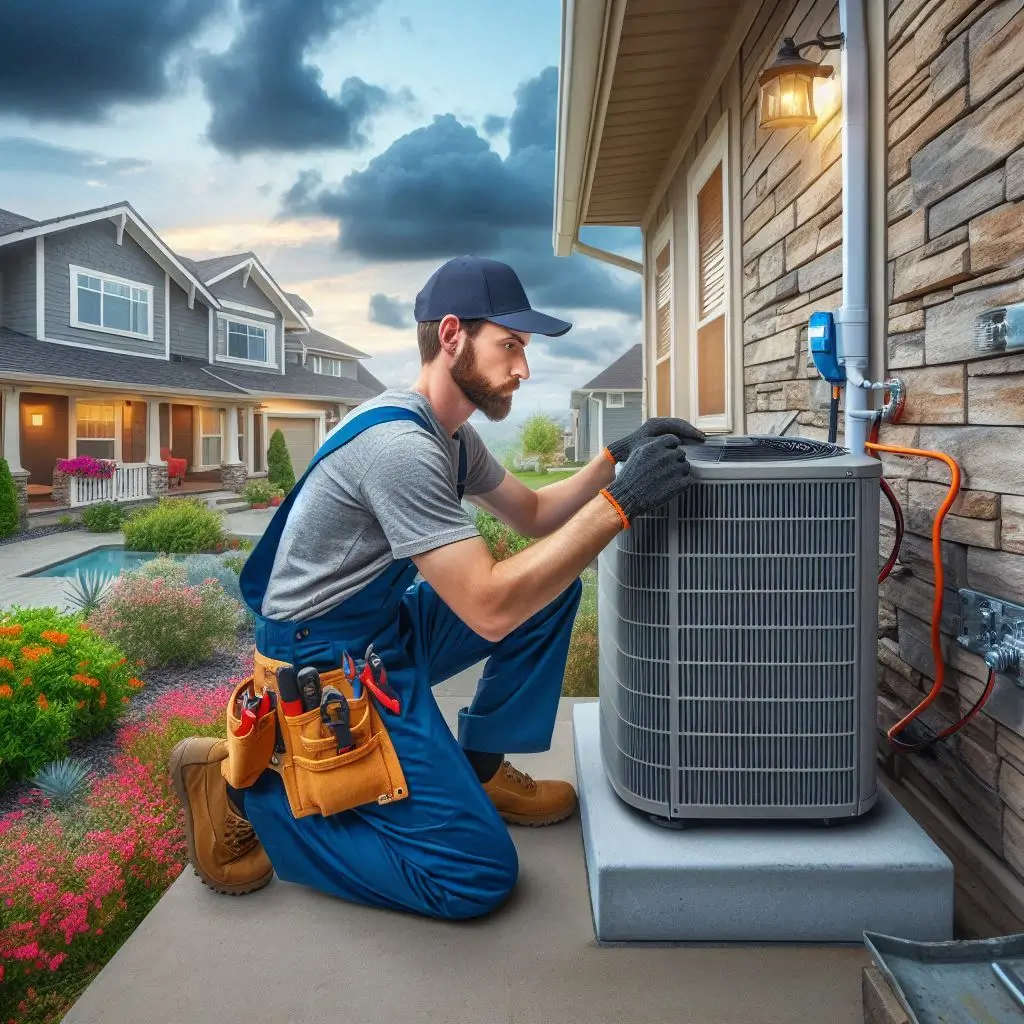
AC Installation Costs in Hudson, FL
In Hudson, FL, the cost of AC installation is typically lower than in larger metropolitan areas, ranging from $3,200 to $6,800. Hudson is a small city with a mix of older homes and newer developments, which can affect the cost based on the age of the property and the type of existing HVAC infrastructure.
- Factors Affecting Cost:
- Older Homes: Many homes in Hudson may require ductwork upgrades or electrical system modifications, adding to the cost.
- Unit Type: Homeowners in Hudson often opt for ductless AC systems, which may have a higher upfront cost but are ideal for homes without existing ducts.
- Labor Rates: Hudson generally has lower labor costs compared to larger cities, which can help reduce the overall cost of installation.
For those looking to install an AC system in Hudson, it’s important to factor in any potential upgrades to existing systems, especially in older homes.

AC Installation Costs in Spring Hill, FL
The average cost of AC installation in Spring Hill, FL is typically between $3,800 and $7,200, making it slightly more expensive than Ocala or Hudson. Spring Hill is a suburban community with a mix of new and older homes, so the type of property can significantly influence the overall cost.
- Factors Affecting Cost:
- New vs. Old Homes: Newer homes may only need minor adjustments, but older homes may require upgrades to their ductwork or electrical system.
- System Complexity: More complex systems like central AC units or high-efficiency systems with additional features may drive up the cost.
- Permitting Costs: In some cases, Spring Hill may require specific permits for larger installations, which could add a small amount to the final price.
Spring Hill residents often seek reliable and energy-efficient systems, especially with the increasing demand for energy-efficient AC units in residential areas.
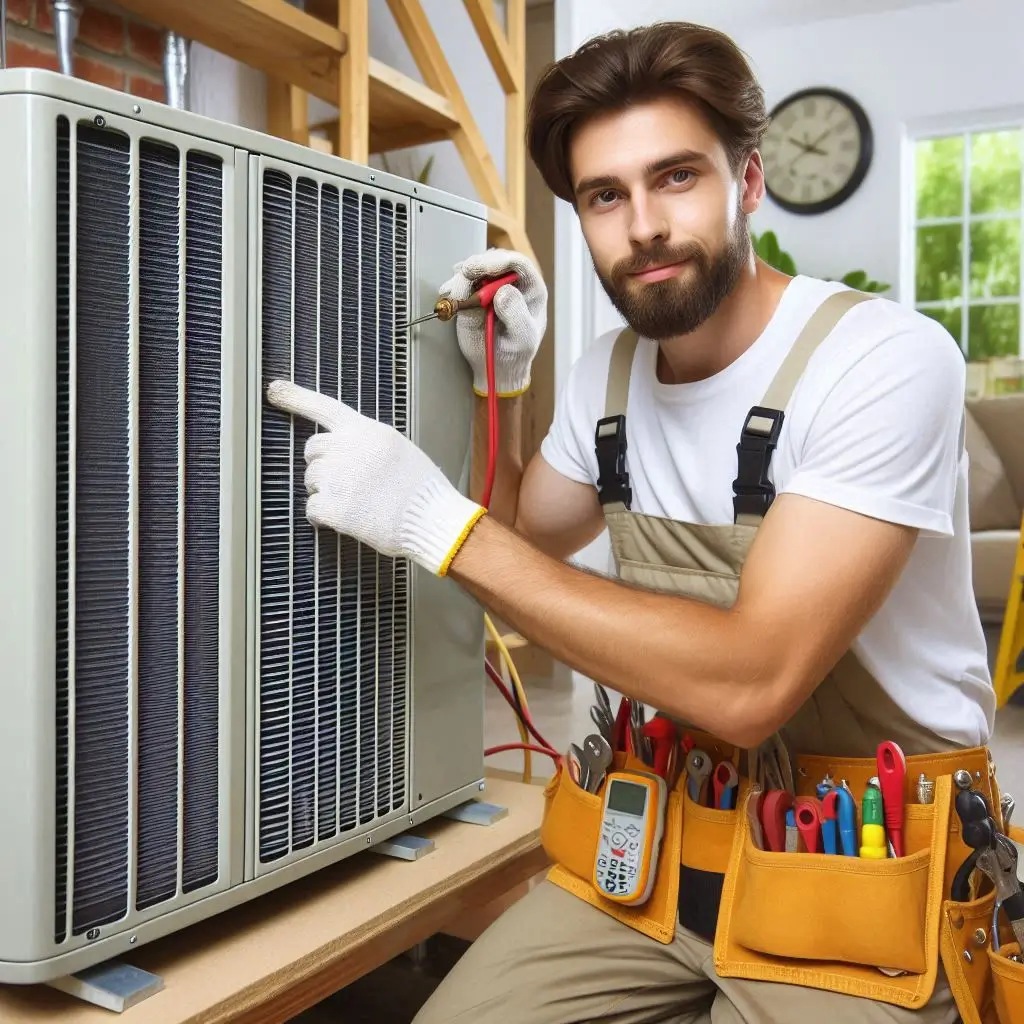
How to Choose the Right AC for Your Budget
When it comes to purchasing and installing an air conditioner (AC), choosing the right unit that fits your budget while providing optimal cooling is essential. With so many different options on the market, it can be difficult to navigate through all the choices. In this section, we will break down the best ways to select an AC unit that fits your financial situation without compromising on performance or efficiency.
Budget-Friendly Options
If you’re looking for a more affordable air conditioning solution, there are several options to consider that can provide comfort without breaking the bank.
-
Window Units: Window air conditioners are often the most budget-friendly AC options. They are easy to install and are typically sufficient for smaller spaces like single rooms or apartments. Window units are energy-efficient and require less investment up front compared to central air systems or ductless mini-split systems.
-
Portable AC Units: Another great option for those on a budget is a portable air conditioner. These units are designed for flexibility, easy installation, and can be moved from room to room. While they are less efficient than window units, they can still provide cooling in areas that don’t have central air.
-
Energy-Efficiency Models: Many affordable AC models come with Energy Star ratings. These units might cost a little more upfront but can help reduce energy costs over time, making them a good long-term investment.
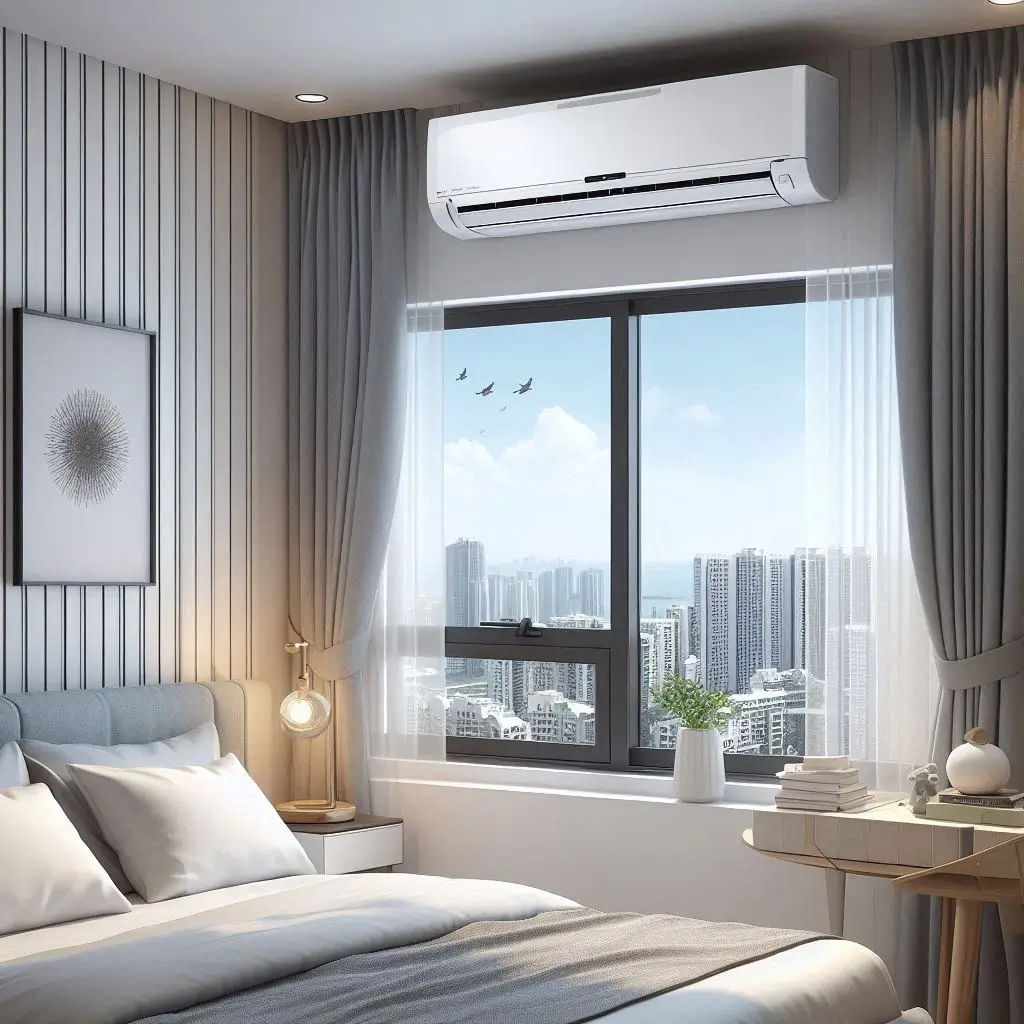
High-End Models and Features
If you’re looking for an AC unit with advanced features and higher cooling capacity, high-end models may be the right choice. While they come with a higher upfront cost, they offer enhanced efficiency, longevity, and additional features that may justify the investment.
-
Ductless Mini-Split Systems: These systems are perfect for homes without existing ductwork. Although more expensive, ductless mini-split systems provide zoned cooling and heating, allowing for better temperature control in different parts of your home. They are also more energy-efficient than traditional central AC systems.
-
Smart Thermostats and Integration: Many high-end AC models come equipped with smart thermostat capabilities. This allows you to control your AC remotely through your phone, optimize energy use, and program cooling schedules. Such systems tend to be more expensive but can lead to significant savings in the long run.
-
High-Efficiency Central Air Units: Central air systems with high SEER (Seasonal Energy Efficiency Ratio) ratings provide better cooling performance while using less energy. These systems are ideal for larger homes or those in need of consistent cooling in multiple rooms.
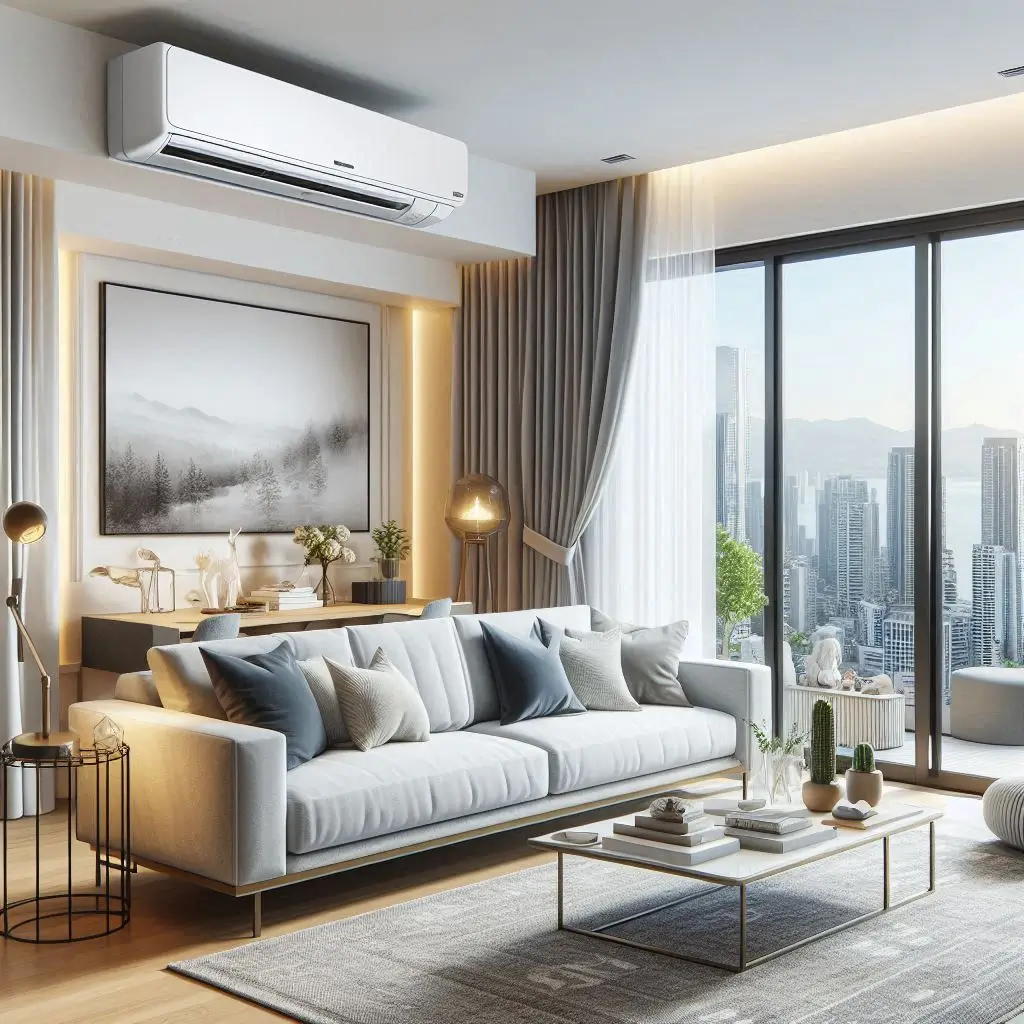
Balancing Cost and Efficiency
When selecting an air conditioning unit, it’s important to balance cost and efficiency. Here’s how you can ensure that your chosen AC provides good value without compromising on performance:
-
Right Size Matters: One of the most important factors when balancing cost and efficiency is choosing the right size unit for your space. An oversized unit will use more energy, while an undersized unit will struggle to cool your home effectively. Ensure you get the right BTU rating for your room size or home to avoid extra costs.
-
Energy-Efficient Models: While higher-end models may cost more initially, they can help you save on long-term utility bills. Energy-efficient AC units use less electricity and have lower running costs, making them a cost-effective option over time.
-
Long-Term Value: While budget-friendly models may seem appealing, investing in a slightly more expensive system with greater energy efficiency or additional features can ultimately reduce your overall costs. Look for units with long warranties and Energy Star ratings, which ensure reliability and lower utility bills.
-
Maintenance Costs: Consider the maintenance costs of the system you choose. Regular maintenance, such as cleaning filters, checking refrigerant levels, and ensuring the coils are free of debris, can prolong the lifespan of your AC and ensure it runs efficiently.

The Hidden Costs of AC Installation to Watch Out For
When planning for an AC installation, many homeowners focus on the upfront costs of the unit and installation services. However, several hidden costs can significantly impact the final price. Understanding these additional expenses can help you prepare for the total cost of installation. In this section, we will break down the key hidden costs that can catch homeowners off guard during the AC installation process.
Permit Fees and Regulatory Costs
Depending on your location, installing an air conditioning system may require certain permits and adherence to local regulations. These permit fees and regulatory costs are often overlooked but can add up quickly.
-
Building and HVAC Permits: In many regions, especially urban areas or those with specific environmental guidelines, you may need a building permit or an HVAC permit to install or replace an air conditioner. These permits ensure that your new system meets local codes, including safety and efficiency standards.
-
Inspection Costs: In some cases, after installation, a city or county inspector may need to check the installation to confirm it meets all codes. The inspection fee typically ranges from $50 to $200, depending on the complexity of the system and your local government’s regulations.
-
Upgrades to Meet Code Compliance: If your home doesn’t meet local building codes (e.g., electrical panel updates or ductwork upgrades), additional costs may arise. These costs can vary depending on the extent of the required updates.
Understanding local regulations and the permit process ahead of time can prevent unexpected costs and delays in your AC installation.
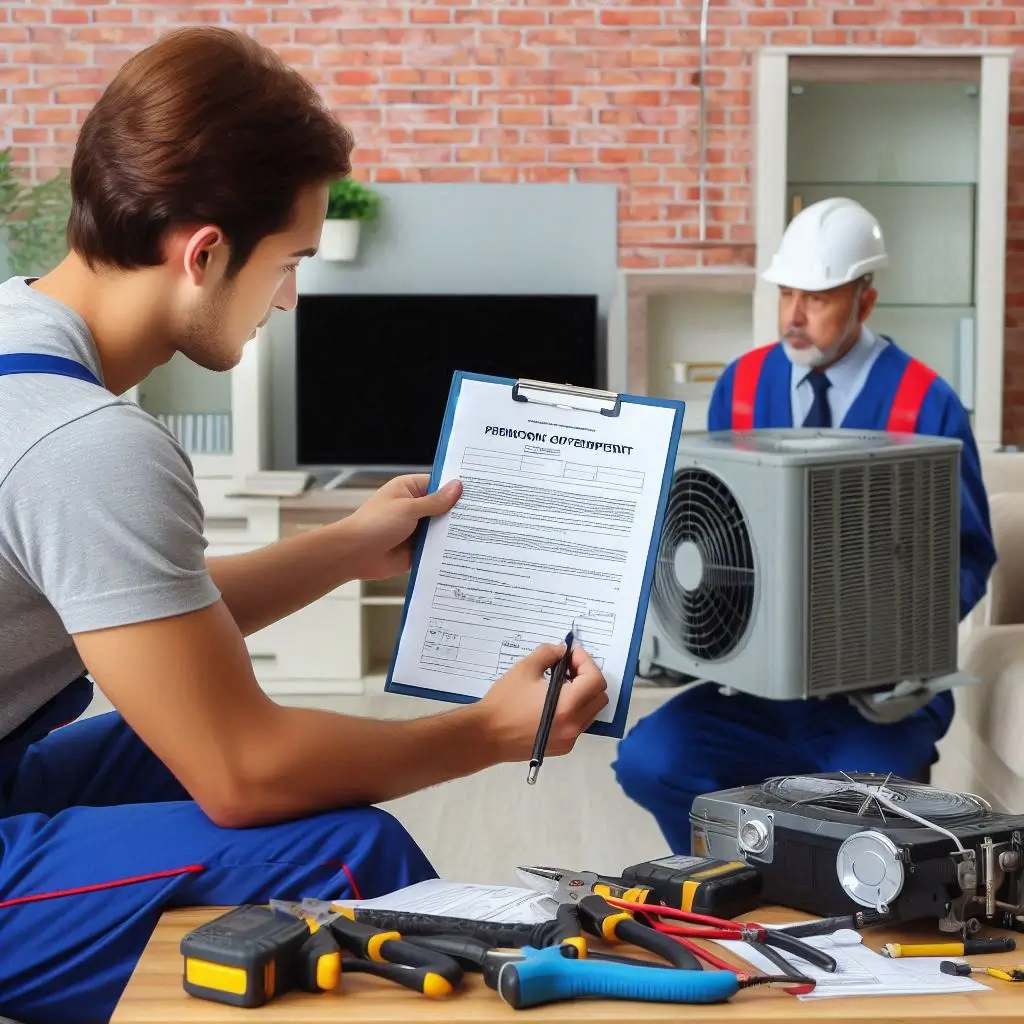
Additional Labor Charges
While most AC installation companies provide a flat-rate quote, there are often additional labor charges that can arise during the installation process.
-
Site Preparation: If your home has existing issues that need to be addressed before installation (e.g., inadequate ductwork or electrical system updates), labor costs can increase. Ductwork modifications, electrical rewiring, or custom installations to accommodate the AC unit may lead to higher charges.
-
Difficulty of Access: Labor charges can also increase if the installation site is difficult to access. For example, if your AC unit needs to be placed in a hard-to-reach area (e.g., a tight attic or on the roof), it may require more labor hours or special equipment to complete the installation.
-
After-Hours or Emergency Service: If you require an emergency installation outside of regular working hours or during weekends, many companies charge a premium for after-hours services, which can add up to 20%-30% more to your overall cost.
It’s important to discuss these potential costs upfront with the installer to avoid surprises.

Disposal Fees for Old Units
If you’re replacing an old air conditioner, disposal fees for the old unit can also add to the total cost of your installation.
-
Disposal of Refrigerants: Older AC units often contain refrigerants that need to be handled and disposed of according to environmental regulations. These disposal fees can range from $50 to $150, depending on the type of refrigerant and the local regulations in your area.
-
Removal of the Old Unit: In addition to refrigerant disposal, you’ll also have to pay for the removal and disposal of the old AC unit. This fee can vary based on the size and weight of the unit, with larger units (such as commercial systems) costing more to dispose of.
-
Recycling Costs: If the old system is being recycled, there may be an additional fee for environmentally responsible disposal. Many AC installation services offer to recycle the old unit as part of their service, but it’s essential to clarify these fees beforehand.
Understanding these disposal charges can help you budget for the full cost of replacing your old air conditioner.

Tips for Reducing Your AC Installation Costs
When installing a new air conditioning system, the cost can be a significant concern for many homeowners. However, there are several ways you can reduce the overall installation costs while still ensuring that you get a high-quality system. In this section, we will cover practical tips to help lower your AC installation costs.
Scheduling During Off-Peak Seasons
One of the most effective ways to save on AC installation costs is by scheduling your installation during the off-peak seasons. Many HVAC companies experience a higher demand for installations during the hot summer months and the cold winter months. This demand often drives up prices due to the increased need for labor and the urgency of the service.
-
Best Times to Schedule: The ideal times to install an AC system at a lower cost are typically in the spring or fall, when temperatures are mild, and HVAC companies experience lower demand. During these off-peak months, you may find that HVAC providers offer discounts or more flexible pricing.
-
Less Urgency, Lower Costs: Scheduling your installation during a quieter period can also mean that HVAC technicians have more time to dedicate to your system, which may result in a more efficient installation process and possibly fewer additional charges.
By planning ahead and taking advantage of off-peak seasons, you can often reduce the overall cost of installation and avoid paying premium prices for emergency services.

Exploring Financing Options
Another strategy for reducing the immediate cost of AC installation is to explore financing options. Many HVAC companies and credit institutions offer various financing plans to help homeowners spread the cost of their new system over time.
-
0% Financing Offers: Some HVAC companies offer promotional 0% financing for qualified customers. This can allow you to get the unit installed without paying the full price upfront, which helps reduce the financial burden.
-
Flexible Payment Plans: In addition to 0% financing, there are other options for monthly payment plans. These plans may come with low-interest rates or extended payment terms, making the overall installation cost more manageable.
-
Rebates and Tax Credits: Some HVAC systems are eligible for rebates and tax credits from both manufacturers and government programs. These incentives can significantly reduce the upfront cost of installing energy-efficient systems, which can be beneficial for both your wallet and the environment.
Before committing to any financing plan, it’s important to carefully review the terms and conditions to ensure that you’re getting the best deal possible.

Comparing Quotes from Different Providers
One of the most effective ways to reduce your AC installation costs is by obtaining multiple quotes from different HVAC providers. Comparing quotes allows you to find the best deal for your needs and ensures that you’re not overpaying for the installation.
-
Get Multiple Estimates: It’s always a good idea to get at least three quotes from different contractors. This not only allows you to compare prices, but it also gives you an idea of the different services and warranties provided by each company.
-
Look Beyond the Price: While the cost of installation is important, it’s also essential to consider the value you’re receiving for that price. Make sure the quote includes everything you need, such as permits, labor, equipment, and warranty coverage.
-
Check Reviews and Reputation: Don’t base your decision solely on price. Check online reviews, ask for references, and ensure the contractor is licensed and insured. A well-established company with a good reputation might charge slightly more, but it could save you money in the long run through high-quality work and fewer maintenance issues.
By comparing multiple providers, you can find the most cost-effective installation while still receiving reliable service and high-quality equipment.

FAQs: AC Installation Costs
1. What is the Average Cost of AC Installation?
The average AC installation cost can vary depending on several factors such as the type of air conditioner, the complexity of the installation, and the region in which you live. On average, AC installation in the U.S. can range from $3,000 to $7,000, including both the unit and installation labor.
-
Factors Influencing Cost: Larger homes or multi-zone systems will generally cost more to install. Premium systems with energy-efficient features and advanced technologies can also increase the overall cost.
-
Additional Expenses: Keep in mind that there may be additional costs for permits, inspections, and upgrades to your electrical or ductwork system, which can increase the overall installation cost.
Understanding these variables can help homeowners estimate the AC installation cost more accurately before committing to any service.

2. What Are the Hidden Costs Associated with AC Installation?
There are several hidden costs that homeowners should be aware of when planning for AC installation. These costs can significantly increase the total price of the project.
-
Permit Fees and Inspections: Some areas require permits for AC installation, which may involve fees for obtaining the permits and for inspections after installation. These fees can range from $50 to $200 or more, depending on your location.
-
Disposal Fees: If you’re replacing an old air conditioning unit, disposal fees for the old system and refrigerant removal may also apply. Disposal costs can range from $50 to $150.
-
Upgrades to Electrical or Ductwork: If your home’s electrical panel or ductwork needs to be upgraded to accommodate the new system, this can add several hundred to a few thousand dollars to the overall cost.
By understanding these hidden costs ahead of time, you can better plan your budget and avoid surprises.
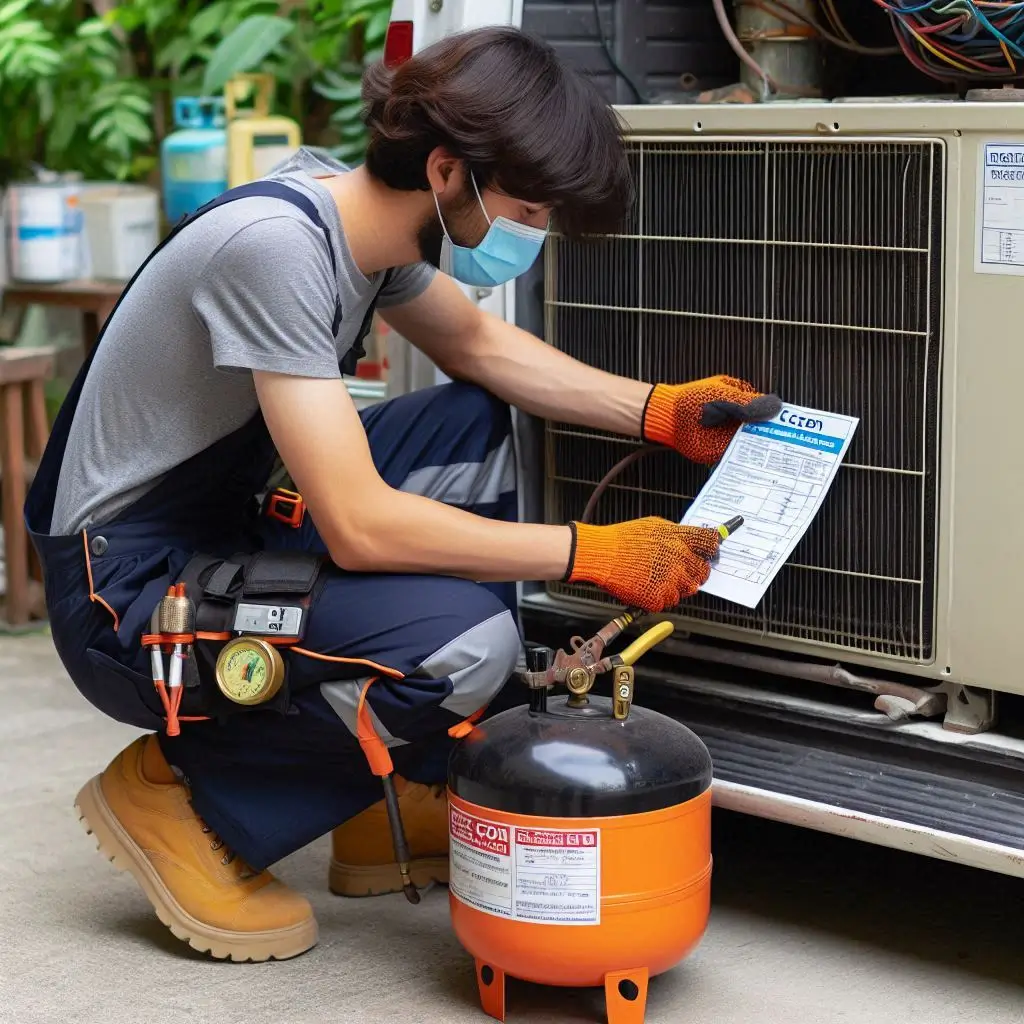
3. Can I Reduce My AC Installation Costs?
Yes, there are several strategies to help reduce the overall cost of AC installation without compromising on quality. Here are a few ways to save money:
-
Schedule During Off-Peak Seasons: AC installation prices tend to be lower during the fall and spring when HVAC companies are less busy. Scheduling during these months can help you save money on both the equipment and labor costs.
-
Consider Financing Options: Many HVAC providers offer financing plans that allow you to pay for your AC installation over time, which can help alleviate the upfront financial burden.
-
Compare Quotes from Multiple Providers: Obtaining at least three quotes from different HVAC contractors can help you find the best deal. Look at more than just the price—consider the reputation of the company and the quality of their work.
By being proactive and informed, homeowners can make choices that help reduce their AC installation costs.

4. How Long Does AC Installation Take?
The time it takes to complete an AC installation depends on the complexity of the system and the specific conditions of your home.
-
Standard Installation: For most homes, a basic AC installation typically takes between 4 to 6 hours for a single-zone system.
-
Complex Installations: If you’re installing a multi-zone system or need significant ductwork modifications, the installation can take 1 to 2 days to complete.
-
Factors Affecting Time: The time can also depend on the weather, the accessibility of your home for the installation crew, and the need for upgrades (such as electrical work or ductwork modifications).
Proper planning and preparation can help ensure the installation goes smoothly and on time.
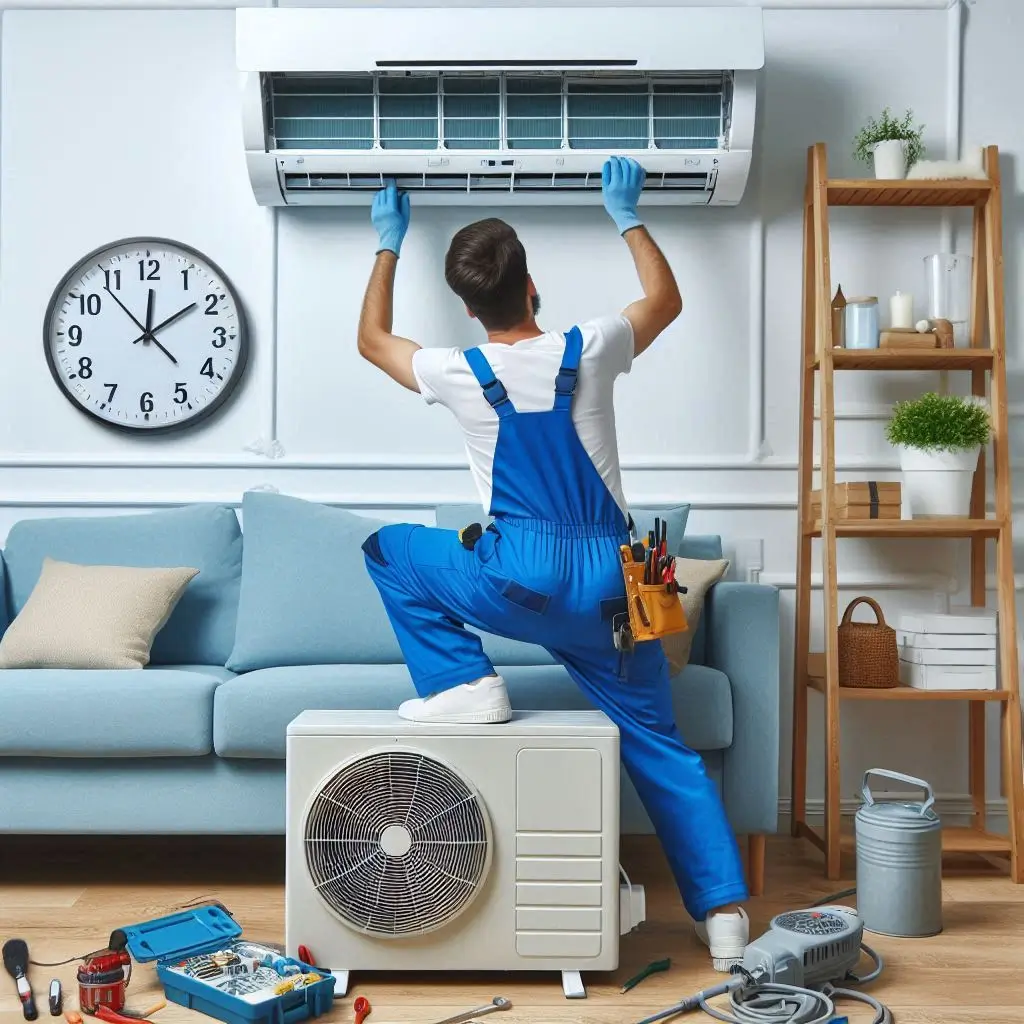
5. What Factors Influence the Cost of AC Installation?
Several key factors influence the cost of AC installation, making it essential to understand each one before committing to a project.
-
Type of AC System: The type of system you choose (central, ductless, window, or portable) will have a significant impact on the price. Central AC systems tend to be more expensive, while ductless mini-split systems may offer more flexibility in cost.
-
Size of the System: Larger homes or those with more extensive cooling needs will require larger or more powerful units, which will naturally increase the cost.
-
Installation Complexity: The more complex the installation (e.g., needing new ducts or a larger electrical upgrade), the higher the cost will be. A technician may also need more time or specialized equipment for difficult-to-access areas, which can increase labor costs.
By considering these factors, you can choose the right system for your budget and home needs.
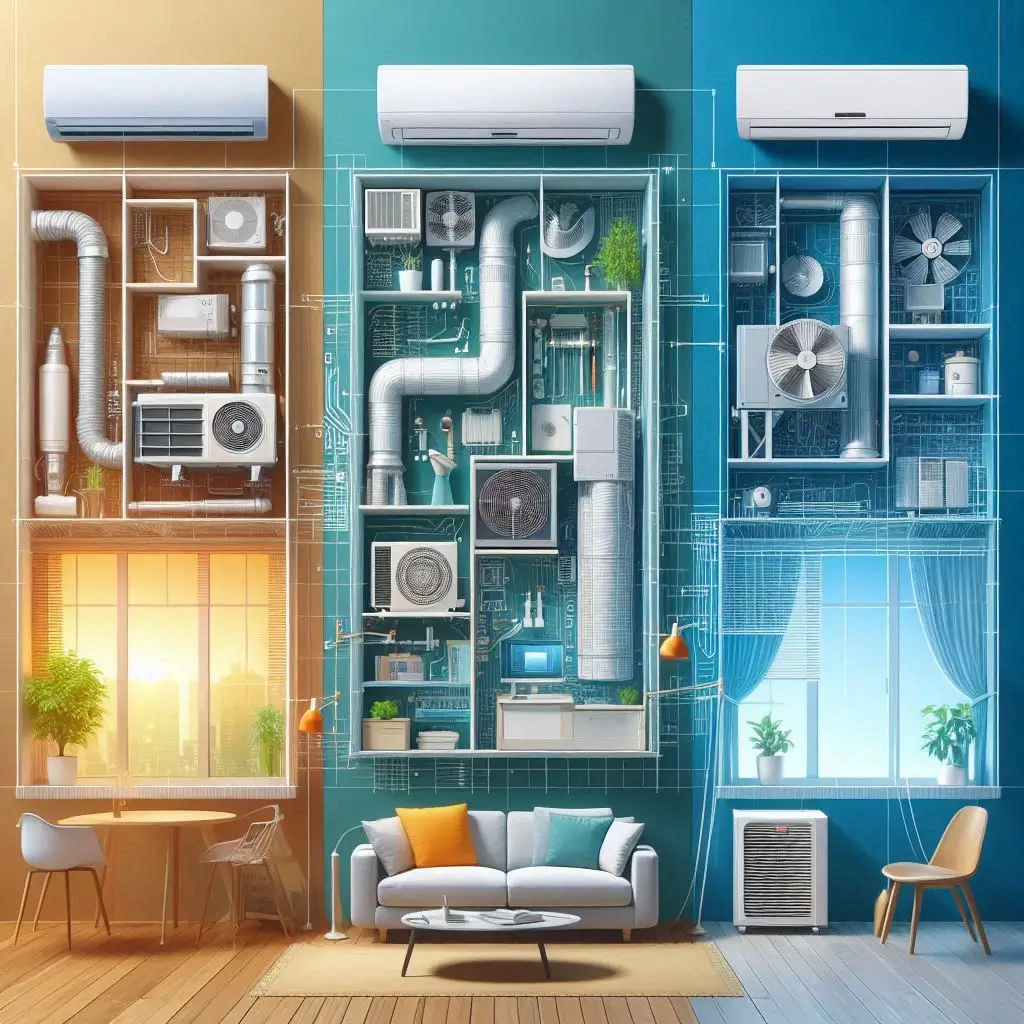
Conclusion
In conclusion, understanding the AC installation cost is essential for homeowners looking to upgrade or replace their air conditioning systems. From the factors that influence installation costs, such as the type of system, complexity of the installation, and location, to hidden fees that can arise during the process, being informed helps you make better decisions. By choosing the right AC system for your budget, exploring financing options, and comparing quotes from different providers, you can ensure a cost-effective installation. Remember, planning ahead and being mindful of factors like off-peak season scheduling can also help reduce your overall expenses. With the right knowledge and preparation, you can enjoy a comfortable and energy-efficient home without breaking the bank on AC installation costs.

